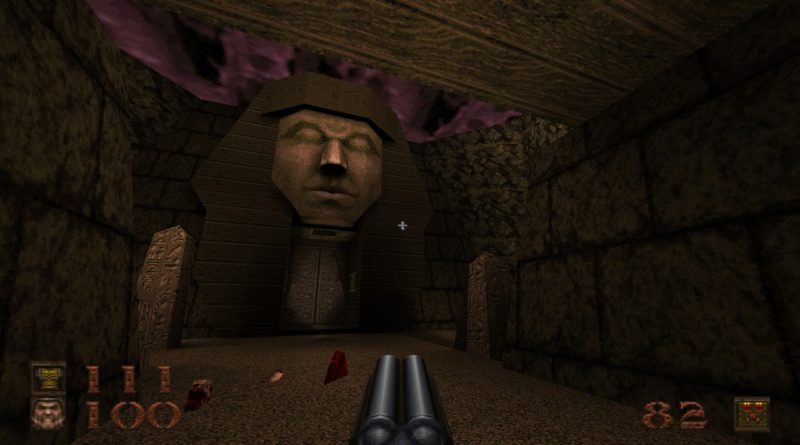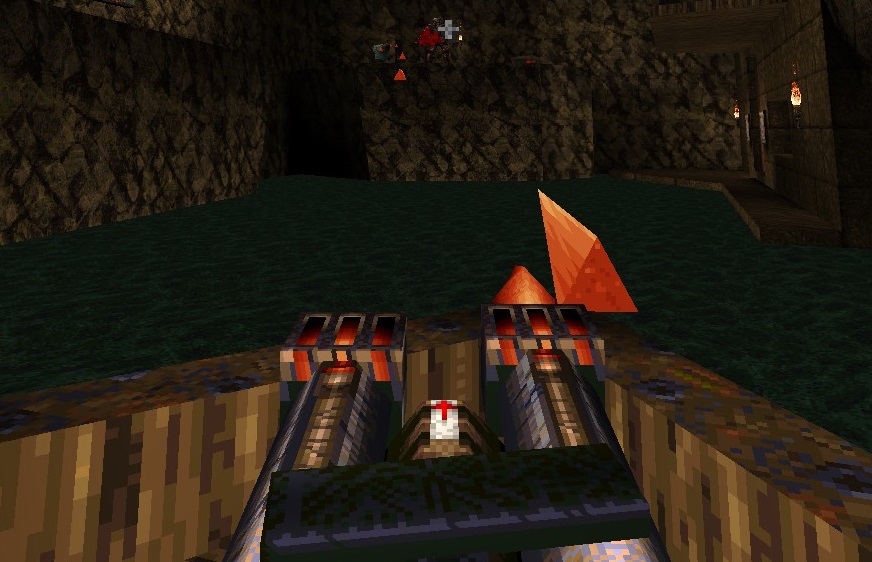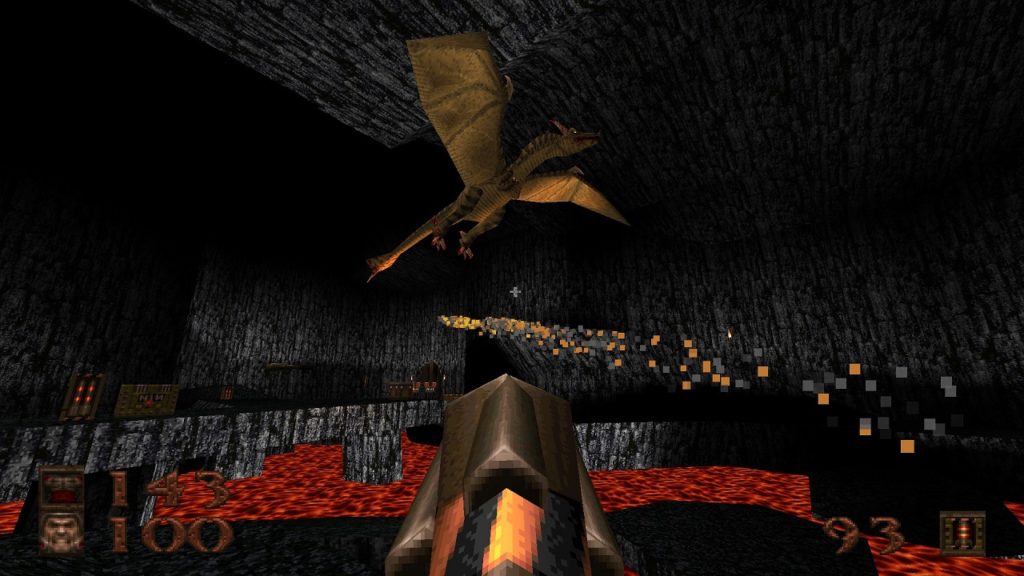A Review Of Quake’s Expansion Packs (Part 1)
On April 19 2021, the Steam version of Quake got a massive enhancement update. It added graphical updates, cross-play multiplayer, restored original soundtracks, and four expansion packs. Two of these, Scourge of Armagon and Dissolution of Eternity, were the canonical expansions released back during Quake‘s normal commercial cycle. The final two (Dimension of the Past and Dimension of the Machine) were added decades later, as free celebratory add-ons. This article will be focused on the earlier pair, with hopefully another for the latter two coming later.
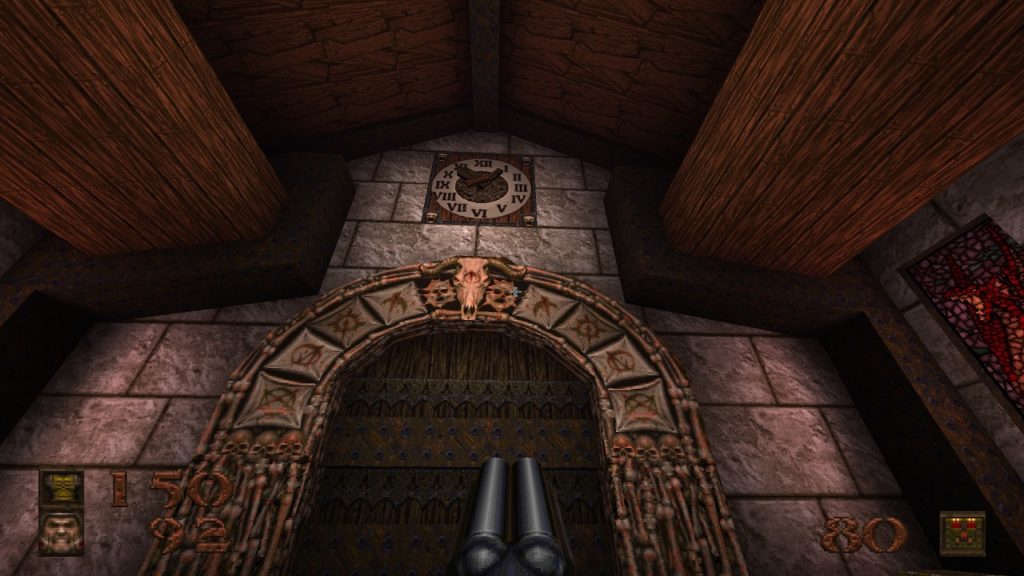
Quake For a Modern Audience
Before I played through these, I re-completed the original Quake to see how the new update improved things. And holy cow, it is like night and day compared to how it used to be. No need to install mods or compatibility fanpatches now, this game works straight out the box. Crosshair is perfect, modern resolutions are supported, and framerates look great. There’s never been a better time to get into Quake if you haven’t played this seminal first-person shooter.
Scourge of Armagon
The first expansion wastes no time defining its own identity. The starting hub level blasts badass percussion-heavy orchestral music to set the tone, and this action-oriented soundtrack continues throughout large parts of the levels. This is very different from the atmospheric soundscapes of the original Quake, but I still really like it. It evoked the same feelings of shredding demons in Doom with a progressive metal backing. I’d often wondered what Quake would have felt like with a more typical gaming soundtrack, and SoA shows it would still have been awesome.
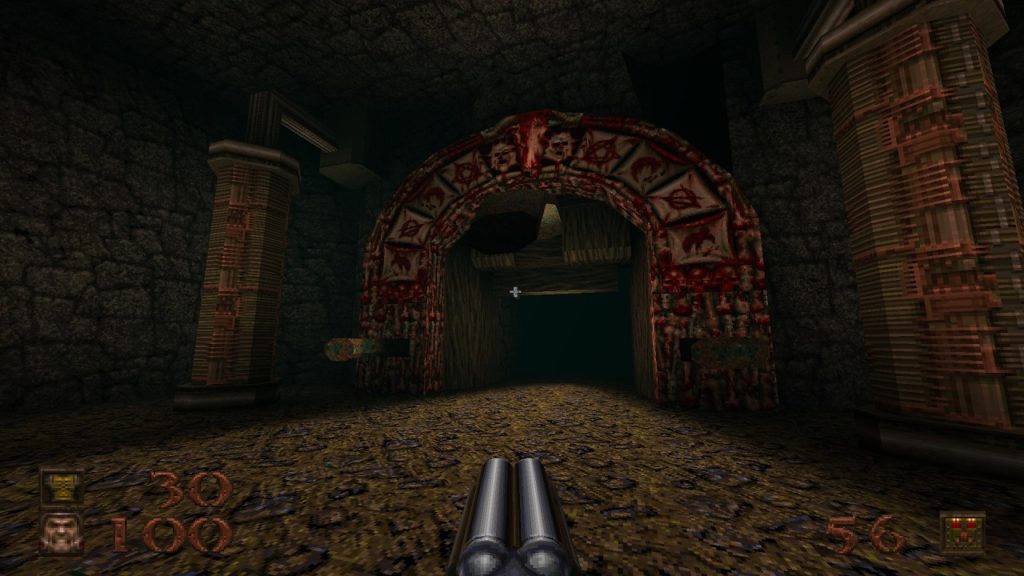
Fun new additions
SoA surprised me by bringing new weapons, enemies, and powerups to the base game’s formula. No id expansion pack had ever done this before (heck, Wolfenstein 3D’s additional levels straightup deleted enemies), and it added a refreshing dimension to the gameplay. That being said, I found the new weapons more situational than the old Quake classics. My favorite was probably Mjolnir, a high-damage melee weapon that fires AoE lightning bolts that were great for clearing rooms. Considering how worthless the axe was, it was fun to wield a viable melee weapon for once.
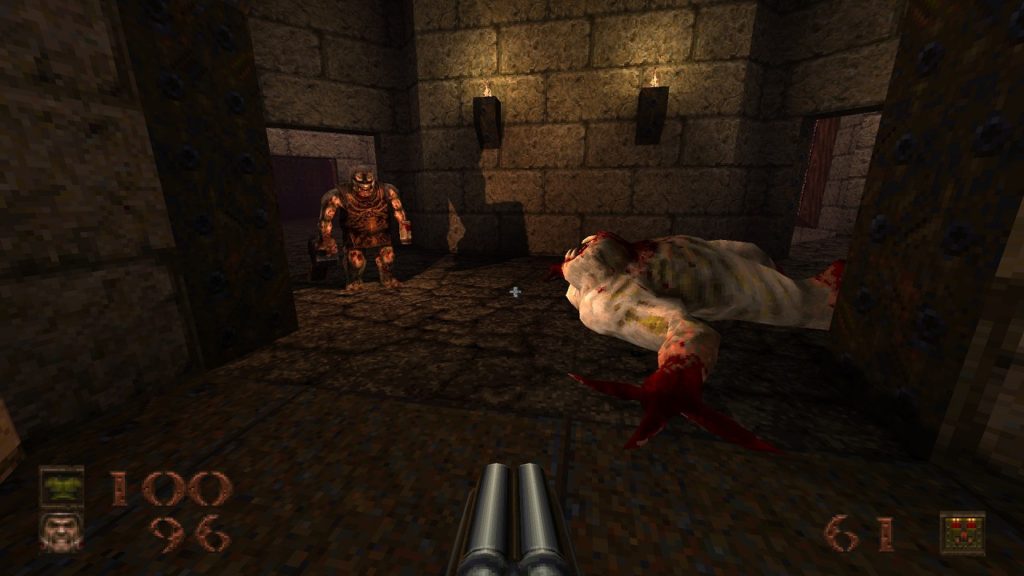
Creative new threats
The new enemies were a high point for me as well. The scorpion things were tanky, fast heavy-hitters, but also very easy to bait into infighting other opponents. The gremlins were a mishmash of bizarre mechanics, and I loved their weapon-stealing mechanic. They were interesting in how weak they were, but they commanded your attention either by stealing your rocket launcher or munching on corpses to spawn more gremlins.
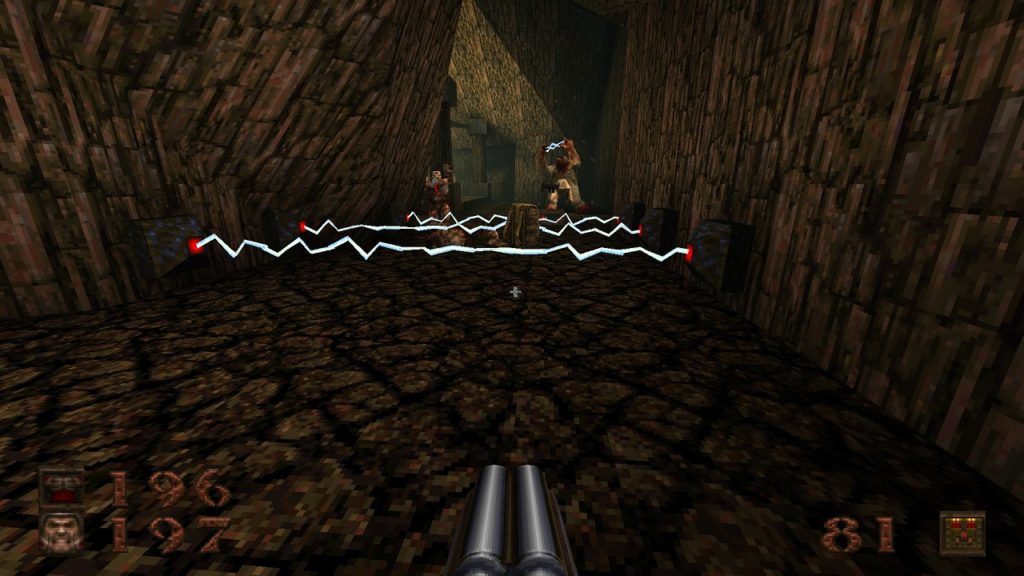
Memorable level design
Lastly, the architecture was a highlight for me. The maps had more ‘realistic’ designs than the original Quake, and some maps had Half-Life-esque scripted set piece sequences, especially the level set in a collapsing mine. Later levels, especially “The Edge of Oblivion,” turned the level design on its head and designed fascinating structures unlike anything else in the game.
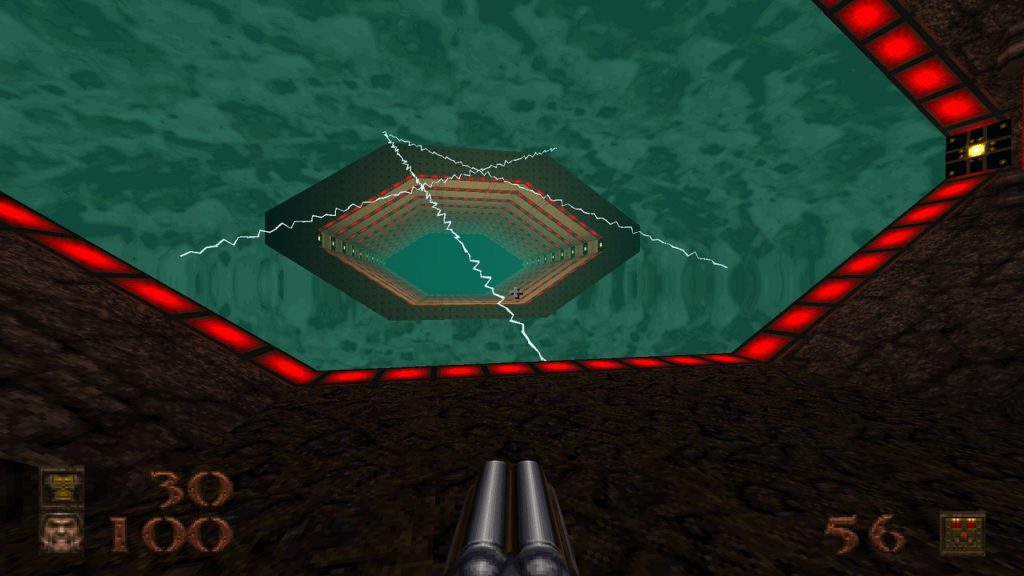
Dissolution of Eternity
The second expansion pack came out one month after the first. Dissolution of Eternity didn’t stray from the formula in many ways, but it was clear the creators had gotten really good at map-making, enemy design, and environmental set pieces. The soundtrack is just as banging as SoA’s, though the whole expansion is only two episodes. It also doesn’t include any secret levels, the only Quake game in the series lacking them. However I don’t mind this, as most of the bizarre/unorthodox ideas were instead incorporated into the main campaign, which is better for it!
Unique settings
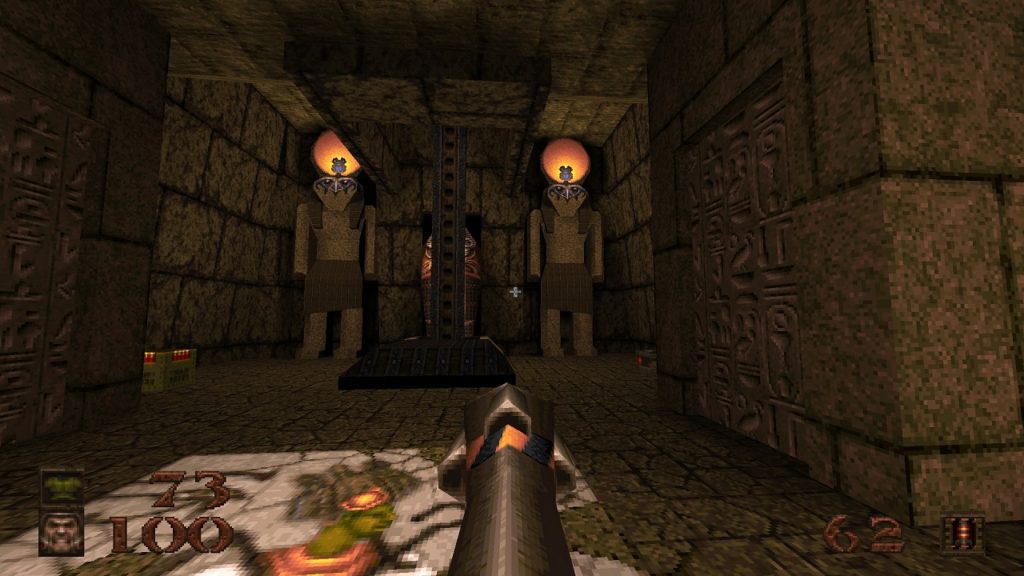
You can tell the devs have really come into their own with the level creator. The second episode in particular has some amazing locales, from Egyptian to Mayan to Atlantean. The mostly-underwater level was a particularly-memorable experience. And the maps had lots of memorable puzzles scattered throughout. I especially liked how every map of the second episode ended in a boss fight.
Lots of new enemies!
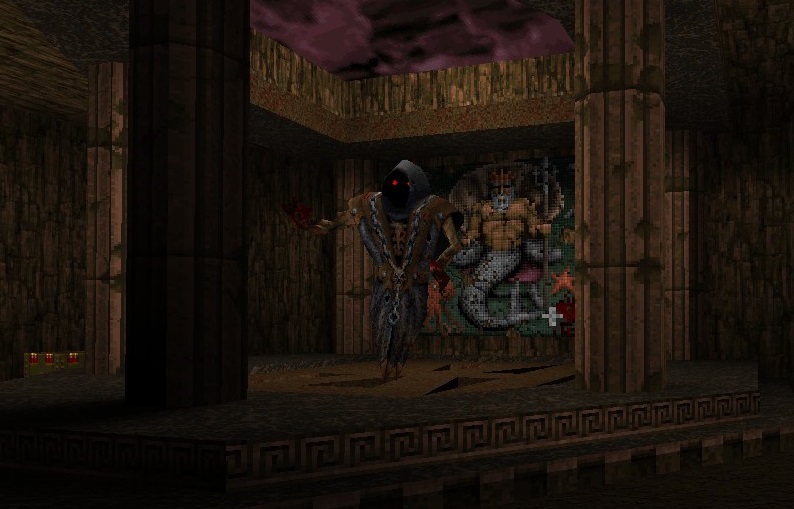
DoE brought a ton of new enemies to the table, far more than SoA. And best of all, most of them are scary mini-boss grade threats! Base Quake was missing this upper-middle threat range. Also, I noticed many maps scatter the entire roster of enemies throughout. This differs from how Quake handled it (weak enemies only in early levels who you’ll never see again later.) I wouldn’t say either design philosophy is better, so it’s nice to get to experience both.
Special ammunition types
None of the weapons (or enemies) from SoA made a reappearance in DoE. Instead, you can now find alternate ammo types for most of the base Quake weapons. IMO this was a good call; remember I complained about SoA weapons feeling less useful than the core roster? Well, special ammo types bypass that by augmenting your tried-and-trues! This also gave the mapmakers permission to really up the enemy rates and throw everything at the player. Best of both worlds!
Memorable final boss
This final boss was far-and-away the most fun of the series to fight. As a laser-spewing dragon flying within an earthquake-ridden volcano, it gave you a ton to keep track of. The anti-grav powerup put in some serious work altering how the player challenged this new aerial threat. Overall this was the best possible boss to end the commercial era of the Quake storyline.
Overall, both expansions are more than worth experiencing if you enjoyed Quake itself. They’re short, they’re memorable, and each one’s better than the next. Altogether, the trio feels like the complete Quake experience, which is why it’s so great that Steam bundles them together. If you haven’t already, go buy Quake and give all three adventures a try!
